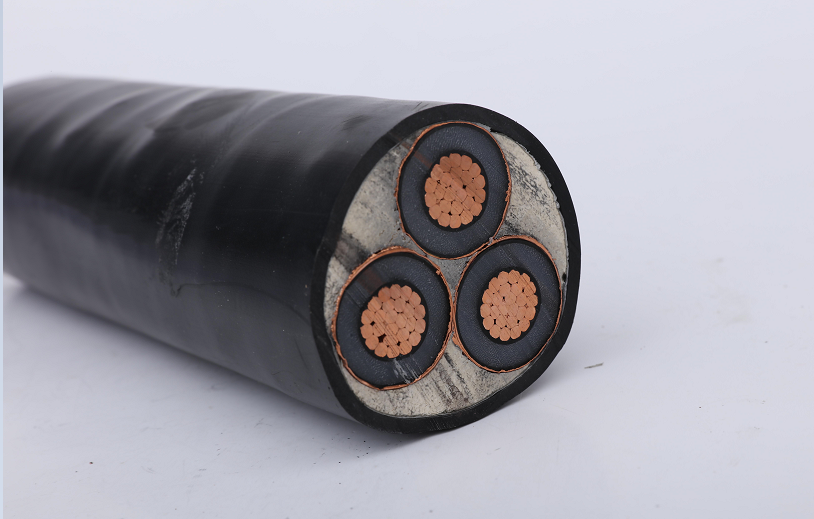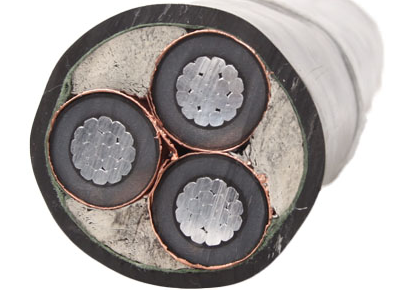Many people know about low-voltage cables and high-voltage cables, but very few people know about medium-voltage cables. The voltage range of medium-voltage cables is between 6KV and 33KV. Its actual production and application fields include petrochemical, transportation, wastewater treatment, and food processing. They are also important application cable types.

Development of Medium Voltage Cable
With the economic development in recent years, the importance of medium-voltage cables has gradually become prominent, and the demand for medium-voltage cables in all walks of life is also increasing.
Because of their characteristics, medium-voltage cables have different sizes and types.
With special requirements, the structure of medium-voltage cables is much more complicated than that of low-voltage cables. Moreover, the materials and production processes used are different.
The insulation layer of medium voltage cables is generally composed of three layers, conductor shielding layer, insulating material, and insulating shielding layer.
Materials of Medium Voltage Power Cable
And the raw material of medium voltage cables is also different, even though the insulation has the same identification as low voltage cables (XLPE), the raw material itself is different to ensure purer insulation. Core identification using colored masterbatches for low-voltage cables is not permitted.
Medium voltage cables also need to pay special attention to the common failure problems in use. Most of the reasons are caused by the aging of the cable infrastructure. Generally, partial discharge is actually a harbinger of failure, because it provides evidence that the cable is beginning to deteriorate. Then they will cause malfunctions and failures, and power outages later.
Cable aging typically begins with reducing electrical resistance to affect cable insulation. It is a key indicator of defects including moisture or air pockets, water trees, electrical trees, and other issues. Additionally, the breakaway jacket can be affected by aging, increasing the risk of reaction or corrosion, which can cause problems later in service.
Requirements for selecting medium voltage cables
① According to the laying method, ambient temperature and use conditions determine the size of the cross-section of the conductor. And the rated current-carrying capacity should not be less than the maximum calculated current of the expected load.
② Wire and cable voltage loss should not exceed the allowable value.
③ The minimum cross-section size of the conductor should meet the requirements of mechanical strength. And the minimum allowable cross-sectional area of insulated wires, as shown in the table below.
④ Cooling conditions of conductor laying paths: When insulated conductors and cables are laid along paths with different cooling conditions. The cross-section of insulated conductors and cables shall be selected according to the conditions of the line segment when the length of the worst line segment of the cooling conditions is more than 5 m. For the line that has already been laid, the current-carrying capacity of the conductor shall be calculated according to 80%.
⑤ In accordance with the requirement of heat generation, the maximum allowable working temperature of plastic-insulated and rubber-insulated conductive cores shall not exceed 65℃, and the general bare wires shall not exceed 70℃.
⑥ When connecting copper and aluminum wires, electrochemical corrosion should be prevented. Resulting in poor contact causing accidents, when copper and aluminum wires are connected.
Therefore, when choosing cables, should you buy qualified, high-quality products, because low-quality cables often have the problem of premature aging, and aging is the root cause of many failure problems.
